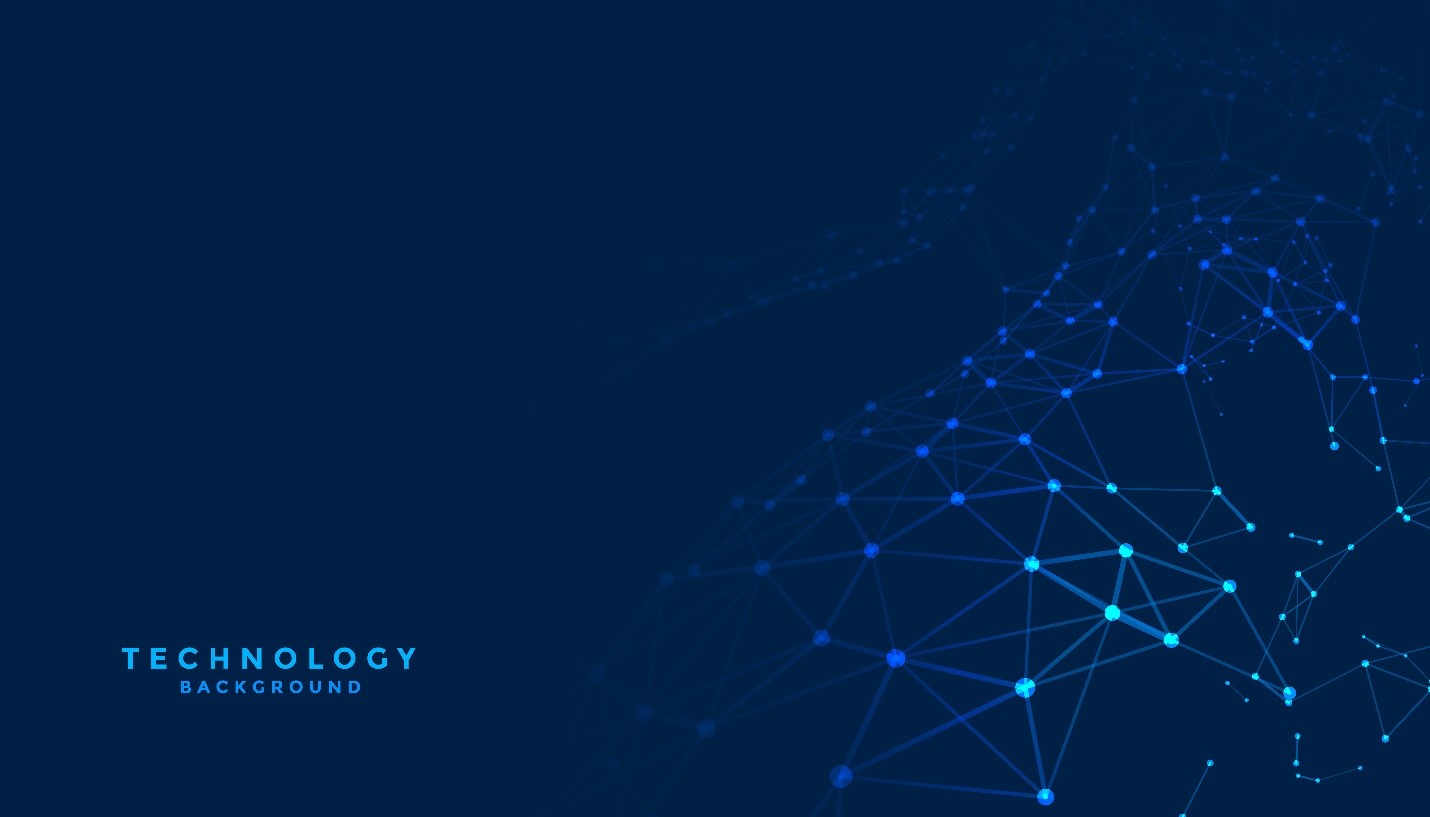
with your project

The tech industry's design landscape can be perplexing for those unfamiliar with its intricacies. Design encompasses a wide spectrum, from graphic design that can be self-taught to specialized roles essential for crafting user-friendly websites and apps. When considering hiring professionals, it's essential to recognize the diversity of design roles. This article serves as a guide to help demystify the distinct roles involved in creating coherent and intuitive digital experiences and online web designing.
TUX designers scrutinize user interactions and feedback. They ensure ease of use, value delivery, and a pleasant experience. By orchestrating a logical flow, they create a seamless human-computer interaction (HCI) to attract and retain users. Through research and observation, they cater to users' needs, making interactions hassle-free and friendly.
UI designers operate within the UX framework, constructing user pathways that align with UX principles and web design. They forge a familiar and user-friendly design, translating UX plans into step-by-step webpage layouts. UI designers prioritize accessibility and simplicity, crafting interfaces that encourage user engagement and revisits.
Visual or graphic designers elevate aesthetics by harmonizing elements like images, colors, fonts, and forms. Their artistry doesn't overshadow functionality; instead, it enhances trust and engagement. Their role is to create a captivating visual representation that resonates with users and reflects the brand.
Interaction designers focus on motion effects, enriching webpages and apps. They add animations like icon bouncing and page sliding for smoother user experiences. Unlike visual designers who work with static images, interaction designers deal with dynamic elements to enhance interactivity.
User researchers glean user feedback, vital for design improvement. They contribute by analyzing market trends, understanding user preferences, and keeping the design in sync with users' changing needs. Their insights facilitate continuous innovation and efficient communication.
Front-end developers transform designs into interactive experiences. Converting UI mockups into working interfaces, they bridge the gap between design and functionality, bringing the envisioned user experience to life.
Product designers are versatile problem solvers who collaborate with the entire design team. From UX/UI designers to researchers and developers, they oversee the design process, ensuring a cohesive, glitch-free outcome. They adapt to evolving challenges, guaranteeing the brand's success.
The dynamic tech design landscape occasionally blurs role distinctions. For instance, a UX designer might double as a UX researcher. Regardless of role combinations, fostering a collaborative environment among the team members is essential. Every role contributes significantly to crafting a flawless digital product.
Navigating the intricacies of tech design demands recognizing the roles at play. From the user-focused UX designers to the aesthetically inclined visual designers, each role contributes distinct expertise. Remember, the synergy between these roles creates a harmonious and impactful digital experience. So, when it comes to designing websites and apps, don't underestimate the importance of a well-rounded design team that collaborates seamlessly to bring forth digital wonders.